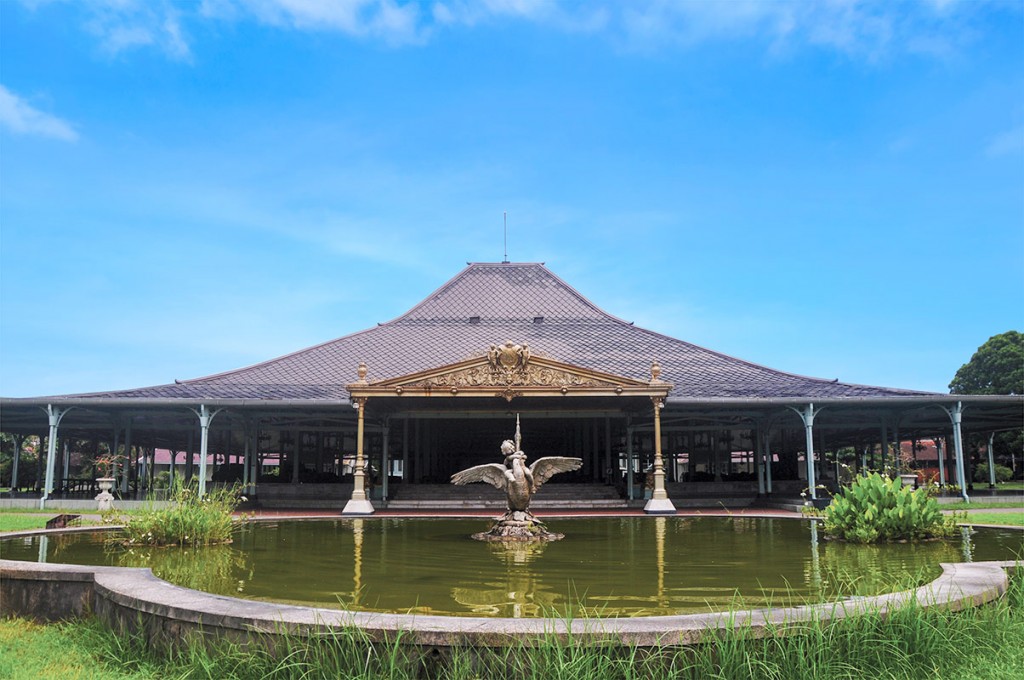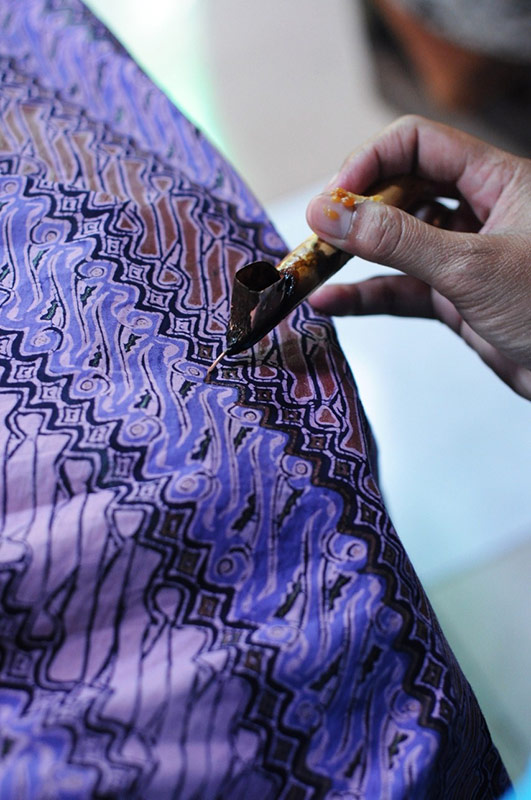


[vc_row][vc_column][vc_blockquote type=”type1″ border_color=”#00e3ff”]
Welcome to the embodiment of Java’s indigenous heritage. Surakarta – commonly known as Solo. This is a regal city in Central Java that holds Javanese tradition in the highest esteem. Solo is an interesting destination and well fitted for those who seek a rewarding cultural journey.
[/vc_blockquote][vc_column_text]
Historically, Solo plays an important role as the centre of power in Central Java’s past at a time when the Mataram Sultanate reigned and spread its influence all across Java. When the Sultanate split, it left two ‘court’ cities as its heirs; Solo and Jogjakarta.
Solo is a less targeted tourist destinations compared to Jogjakarta, but it has more than enough points of interest for those with an edifying bent for history. Here traditional markets, royal ‘Keraton’ and traditional villages (or ‘kampung’) stand with modern shopping malls. Solo still preserves the best of its authentic Javanese characteristic. One should plan to stay for a few days in order to explore the traditional ambience, the vibrant street life and the ancient buildings of the city.
One of the oldest historical sites in Solo is Keraton Kasunanan. This is a large palace built back in 1755 and combining the finest of traditional Javanese and European elements. This palace was built as a result of Giyanti agreement between The Dutch East Indian Company (VOC) and the disputing parties of the Mataram Sultanate, Sunan Pakubuwana III and Prince Mangkubumi. This dispute divided the Mataram Sultanate into two cities: Surakarta and Jogjakarta. Another interesting historical landmark in Solo is the Puro Mangkunegaran. Raden Mas Said established this palace back in 1757 after the divide of the Mataram Sultanate, as a part of his treaty with the VOC. Raden Mas Said later becomes the ruler of Eastern Mataram region as King Mangkunegaran I. The palace is now a residence of King Mangkunegaran IX, who has reigned since 1987.
A visitor’s explorative stay here will also be rewarded in a culinary sense. One should try some of the city’s authentic food such as nasi liwet, tengkleng, timlo, and refreshing beverages such as tahok and es dawet. Solo is also home of the Batik processing industry. Batik is the traditional Indonesian art of cloth decoration using liquid wax to control the spread of colour through a design. Nowadays the art of Batik has produced popular pattern arrangements for garments and is widely considered as the identity of Indonesia.
With its, ancient sites, bustling markets, enamouring food, art and traditional life, Solo should be on the agenda for anyone visiting
Central Java.
This excellent website really has all the information I wanted about this subject and didn at know who to ask.
Appreciate you sharing, great blog article. Want more.
Looking forward to reading more. Great blog article. Want more.
Thanks for sharing, this is a fantastic article post.Thanks Again. Keep writing.